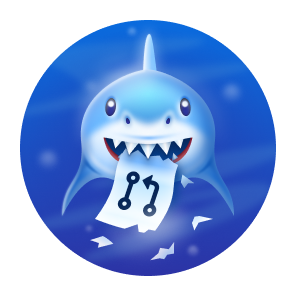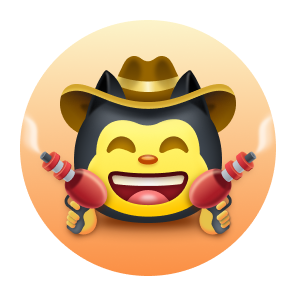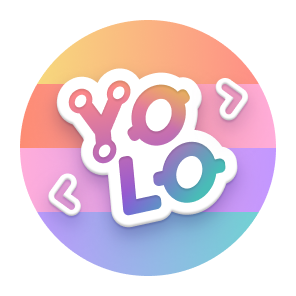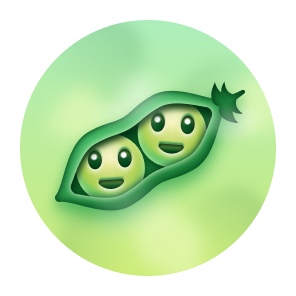Hello! My name is Maia Posternack and I am a student at Harvard University studying Applied Math with a Computer Science track.
Here you can find some of my past projects! I am currently working on a stealth startup iOS and android app that targets an underserved portion of the real-estate market.
I am passionate about finding the intersections between computer science, math, and design, and would love to collaborate.
Reach out to me on LinkedIn or email me at maiaposternack@gmail.com.
Please read below for my software engineering personal artist's statement:
Did you know that all the images you see from the James Webb telescope are completely made up? You may have seen a viral “photo” of the Pillars of Creation or Ring Nebula on your TikTok, Twitter, or LinkedIn feed and been struck by their otherworldly, almost science-fiction-like grandeur. Yet, what you are seeing is not actually “there.” These extraterrestrial phenomena are physics-based events that result in explosions of hydrogen, oxygen, and dozens of other elements. These elements are then arbitrarily assigned colors by Alyssa Pagan and Joe DePasquale. It is only because of their seemingly meaningless, scientifically random, yet, artistic coloring, that these images are understandable to human eyes, and not just black. It is because of their design choices, that we can see this invisible technology.
I am continually inspired by the ways art, programming, and math can intersect. As I have majored in Applied Mathematics with a Digital Humanities track and Computer Science secondary, I have devoted my whole academic career to this intersection: how can art affect tech and vice versa? Or, more specifically, how do I use design to make my code efficient and readable and use code to support well-designed front ends?
I have enjoyed solving this puzzle in a multitude of ways. In high school, during COVID, as the co-president of the Trinity Art Club, I created a school-wide collaborative mural while everyone was home. I crafted an art piece and used code to automatedly split it into over 1,000 templates that could be emailed to my classmates, decorated, and sent back in. I then collaged them into their initial order, resulting in a ten-foot-tall image in the center of my school.
Whenever I code I try to make it beautiful. I remember the first time I learned about Javadocs. You can write a couple lines of code to make your whole program readable and understandable to anyone! I couldn’t believe how cool the compiled docs were and retroactively added them to my previous projects.
This fall, I founded a real estate stealth startup. I recruited my classmates to help me code, design, and fundraise. So, for the first time, I wasn’t sketching wireframes on post-its and full-stack coding in my room for the following week, like I had done for my previous school projects. This time, we took it slower; we used Figma. In prototyping thoroughly, and then later in interviewing users, I found it fascinating how the design of a page could convey its use. User suggestions and comments were often about visuals and app layout, rather than functionality. I so enjoyed, then, being able to obsess over these details, justified in their importance.
I am interested in being a Software Engineer because I think it is the most profound intersection of my interests. The cyclic ways in which a mathematical algorithm can drive code, code can support design, and design can create strong math and code, allow me to use all my favorite skills daily.



